Everyone hopes that they will never find themselves in an emergency; however, if an accident does occur, it’s crucial to know the basic first aid responses.
This quiz will tell you how well you know basic first aid and certainly teach you something you may need in the future.
1. What are the four links in the Chain of Survival?

- A) Effective attention, early advanced care, efficient rescue breaths, and early transport to hospital
- B) Effective CPR, early advanced care, effective attention, and early transport
- C) Early defibrillation, early transport to hospital, effective CPR, and effective rescue breaths
- D) Early access, early CPR, early defibrillation, and early advanced care
Answer:
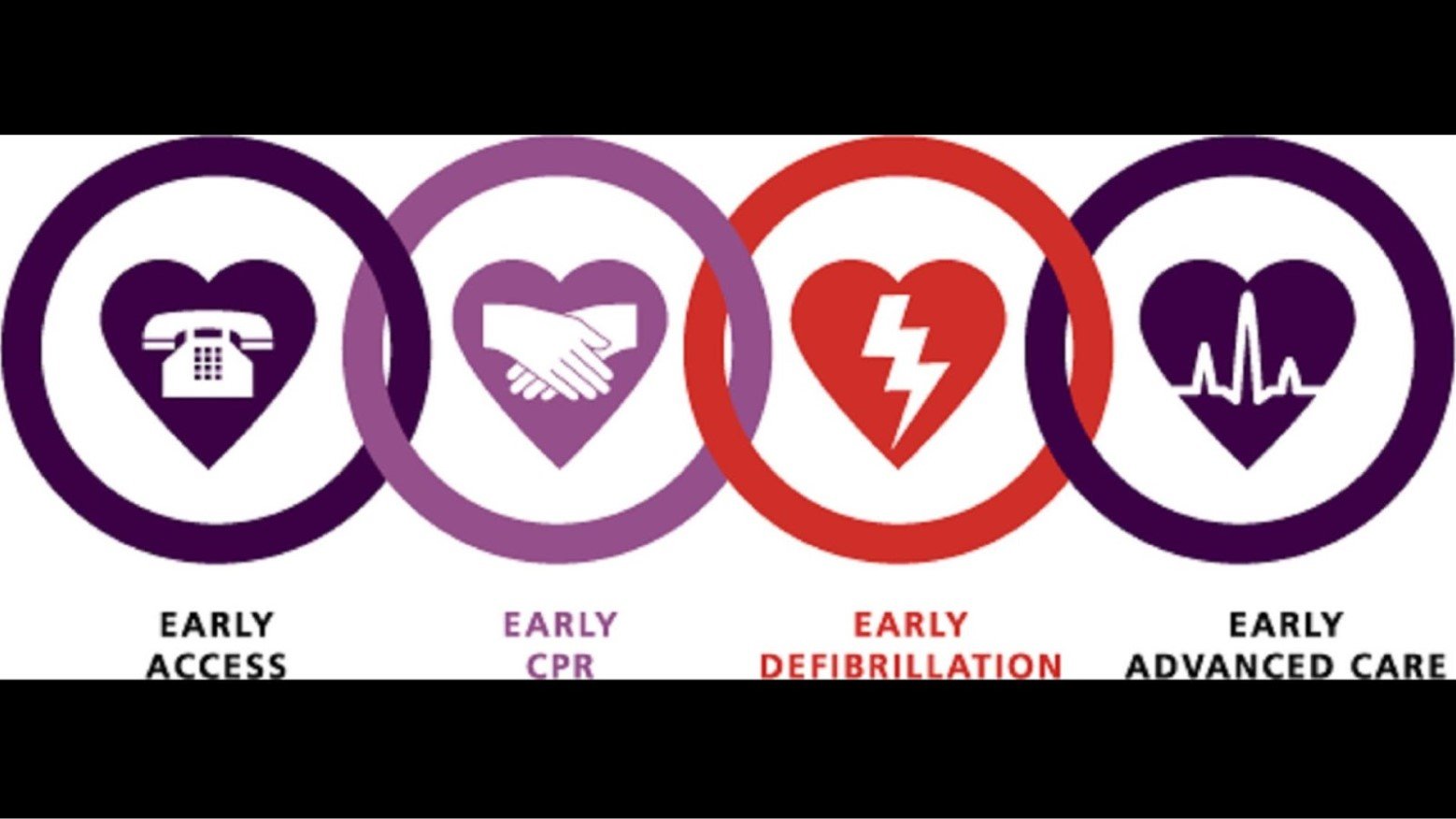
Early access, early CPR, early defibrillation, and early advanced care
2. Which of the following drugs can reverse the effects of anaphylaxis?
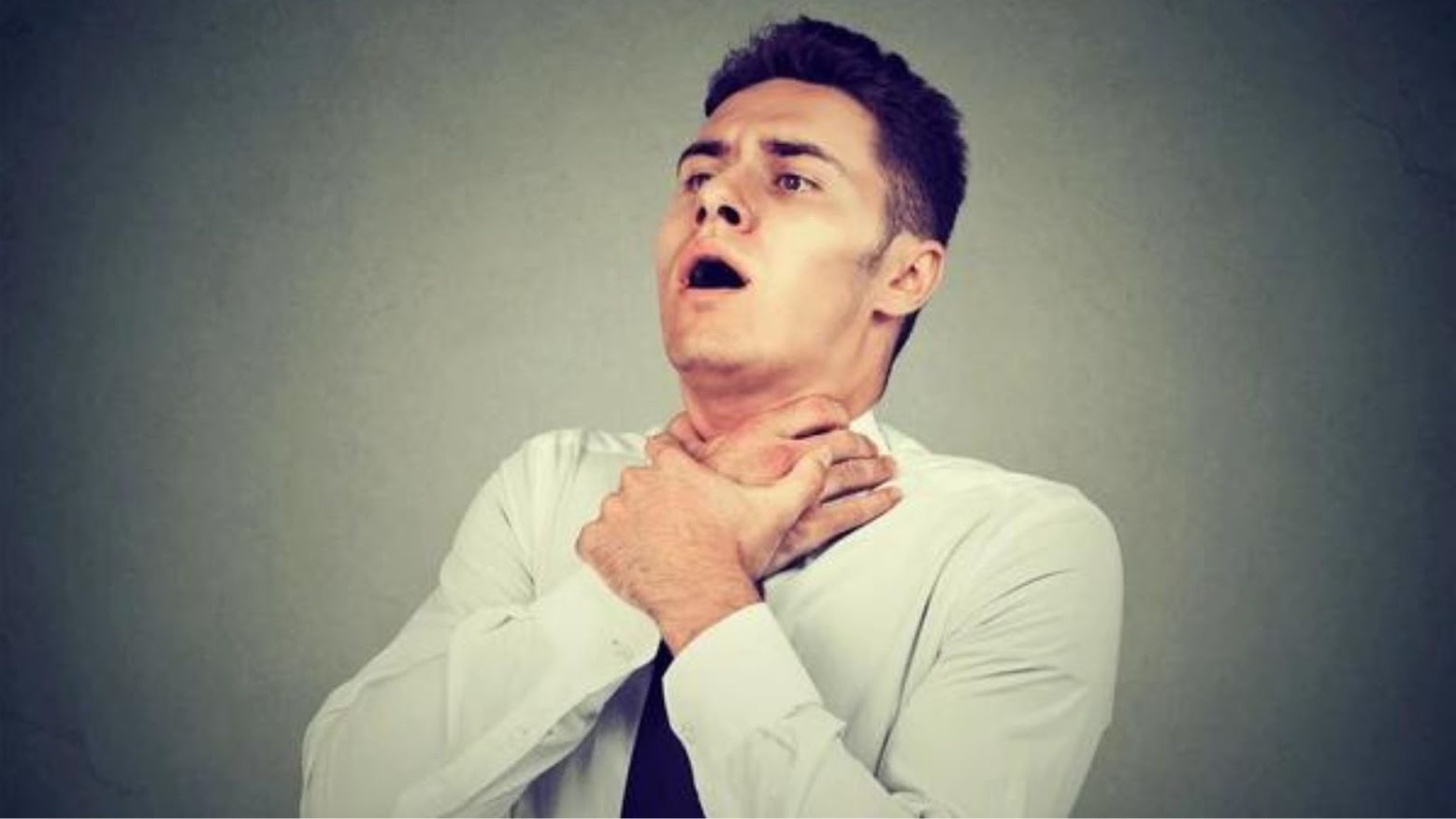
- A) Adrenaline
- B) Salbutamol
- C) Paracetamol
- D) Ibuprofen
Answer:
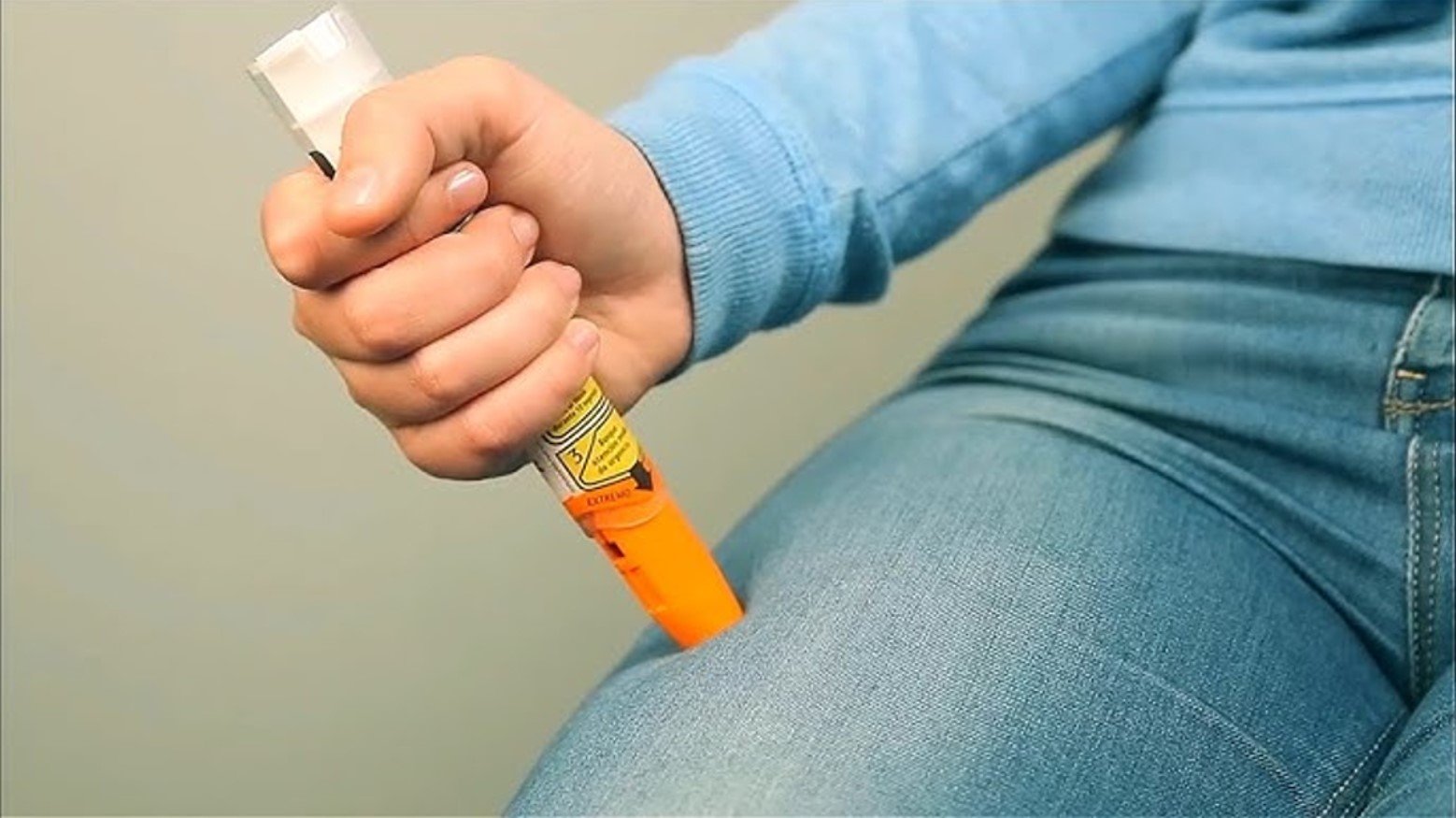
Adrenaline
3. What should you do if you feel a rib break when performing chest compressions?

- A) Stop CPR immediately
- B) Slow down chest compressions
- C) Check hand position, reposition, and continue chest compressions
- D) Perform only rescue breaths
Answer:
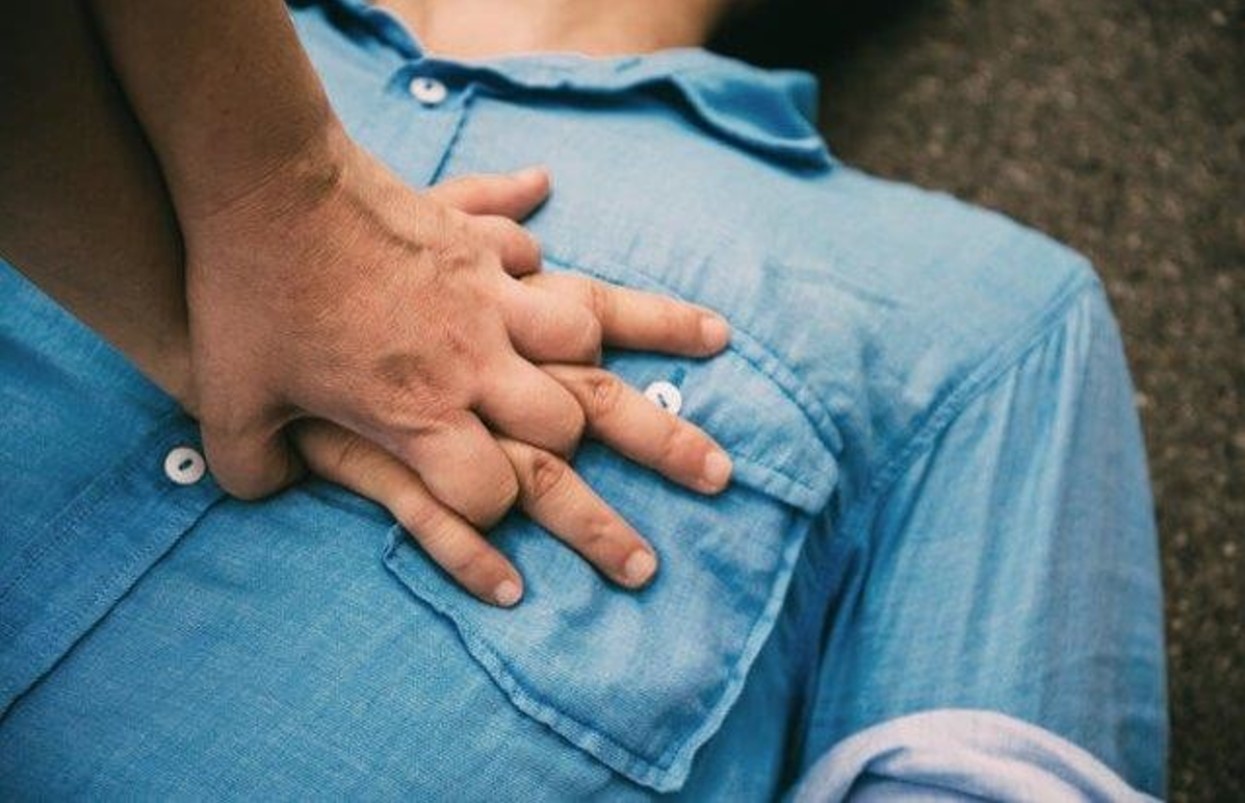
Check hand position, reposition, and continue chest compressions
4. Which drug should be offered to a victim having a heart attack?

- A) Ibuprofen
- B) Aspirin
- C) Adrenaline
- D) None of the above
Answer:
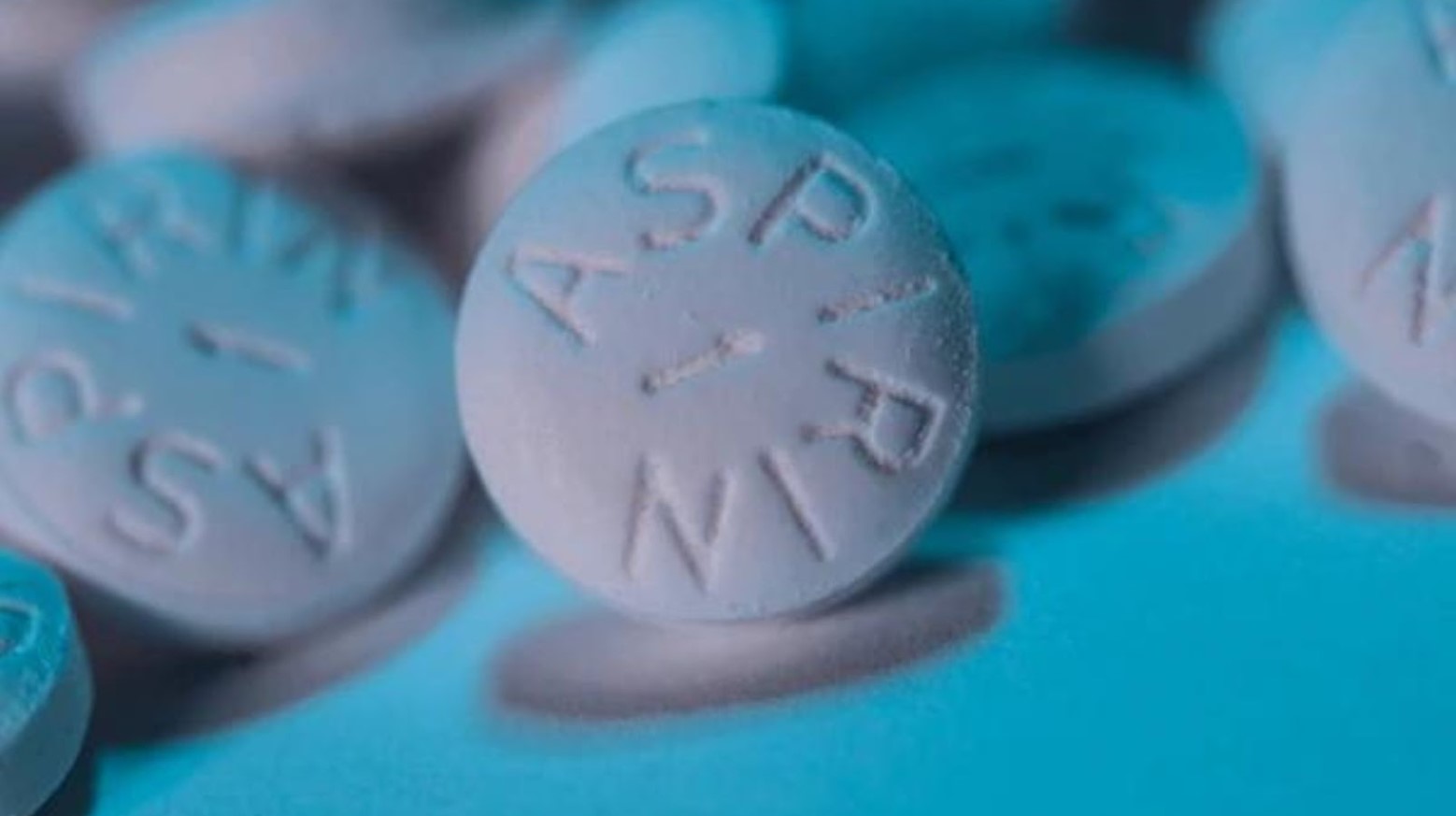
Aspirin
5. You should NOT use an automated external defibrillator if one of the following situations is occurring.

- A) The victim is experiencing a heart attack
- B) The victim is on a metal surface
- C) The victim is not breathing
- D) A victim who is unconscious
Answer:

The victim is on a metal surface
6. What does CPR stand for?
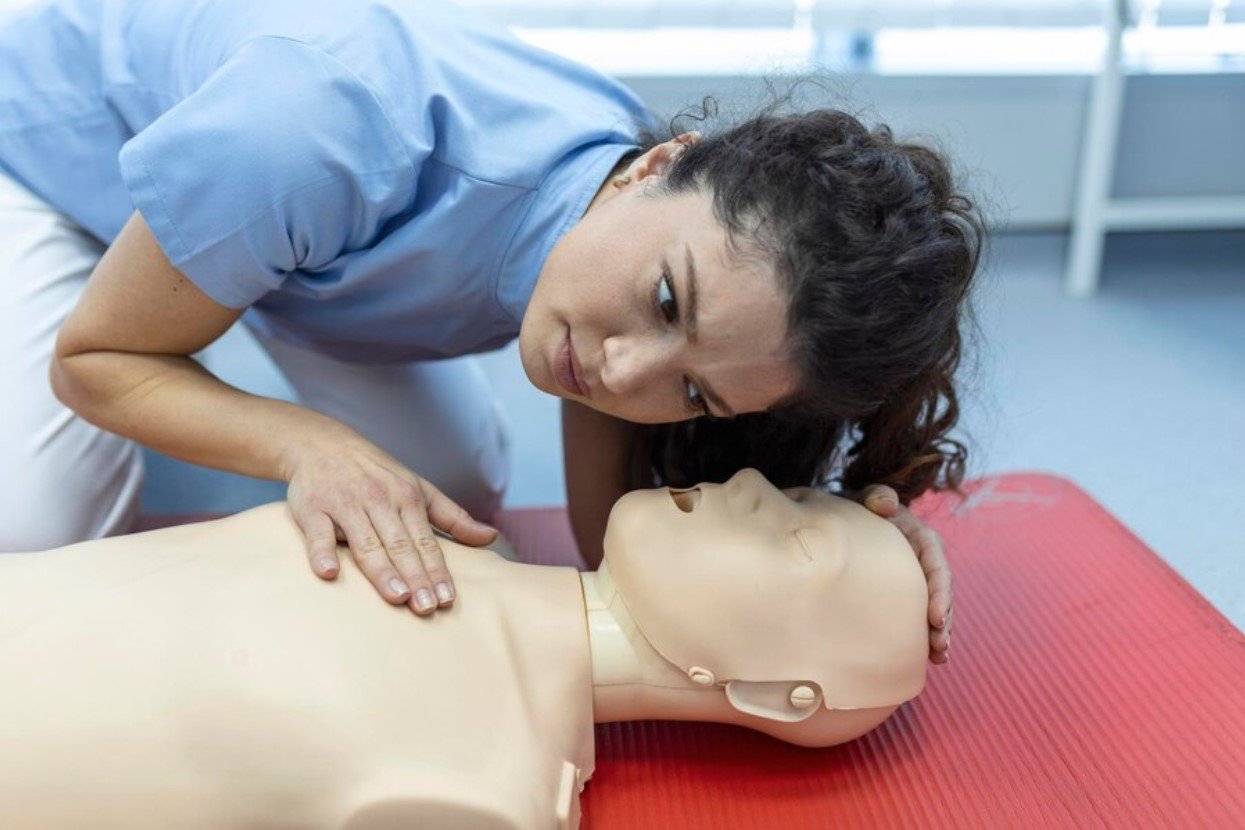
- A) Cardiac Pediatric Resuscitation
- B) Cardio Recovery
- C) Cardiopulmonary Resuscitation
- D) Cardiopulmonary Recovery
Answer:
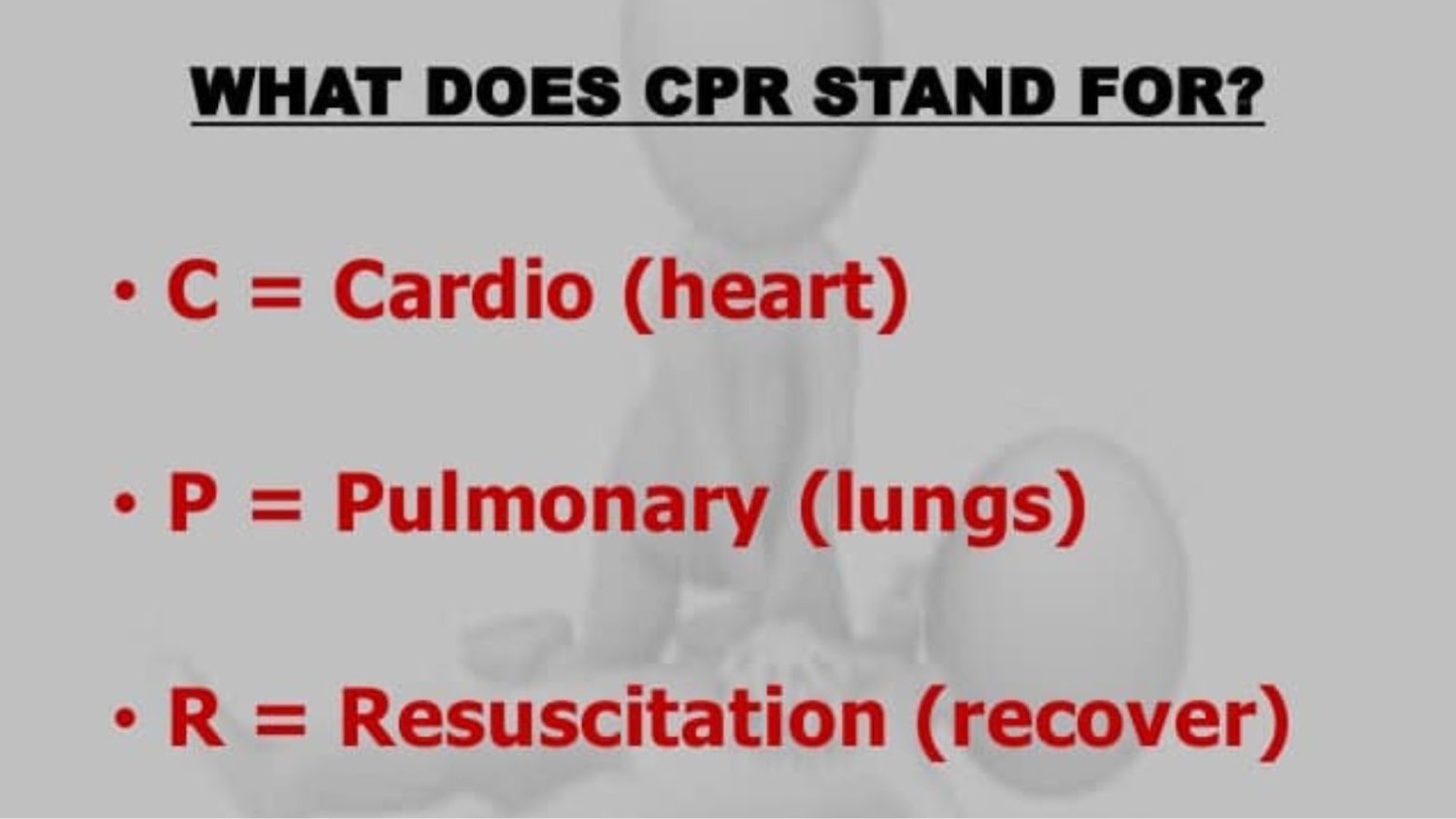
Cardiopulmonary Resuscitation
7. What causes shock in a victim?

- A) Sudden low blood flow resulting in a lack of oxygen
- B) The body temperature drops too low
- C) Low blood sugar
- D) None of the above
Answer:

Sudden low blood flow resulting in a lack of oxygen
8. If a victim has a broken bone, what should be done first?
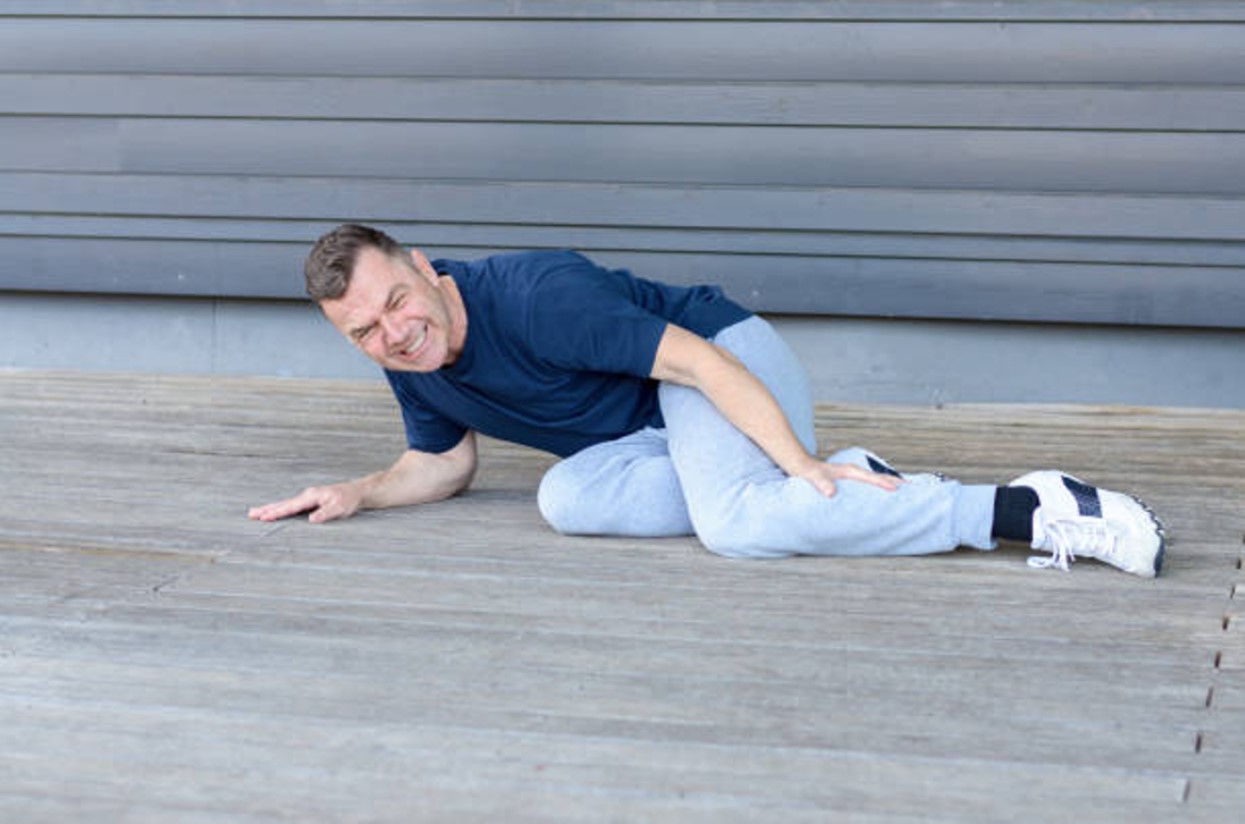
- A) Keep the injury still and supported
- B) Create a splint for the broken bone
- C) Attempt to reconnect the bone
- D) Tape around the break
Answer:
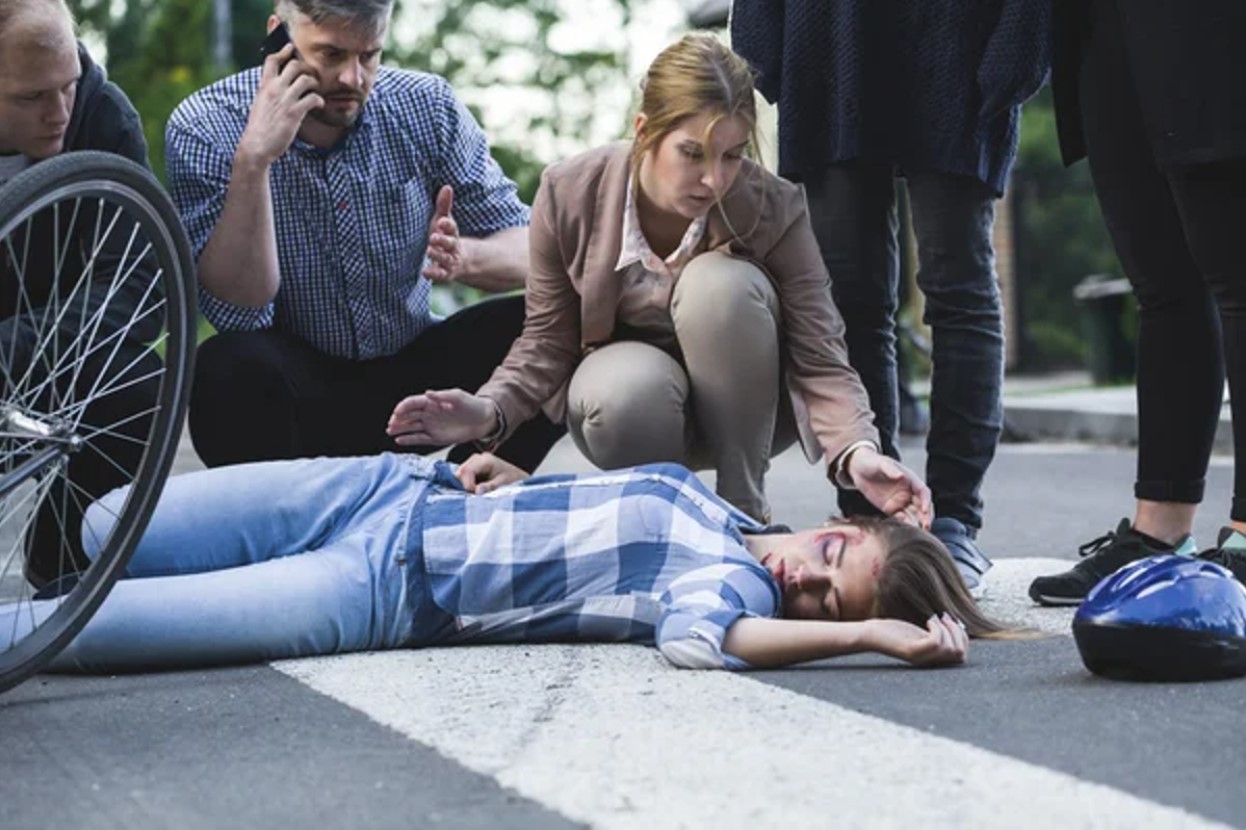
Keep the injury still and supported
9. If a victim is choking but is still conscious and coughing forcefully, what should you do?

- A) Slap her on the back until they cough up the object
- B) Perform abdominal thrusts
- C) Encourage them to continue coughing
- D) Attempt to remove the stuck item from their throat with your fingers
Answer:
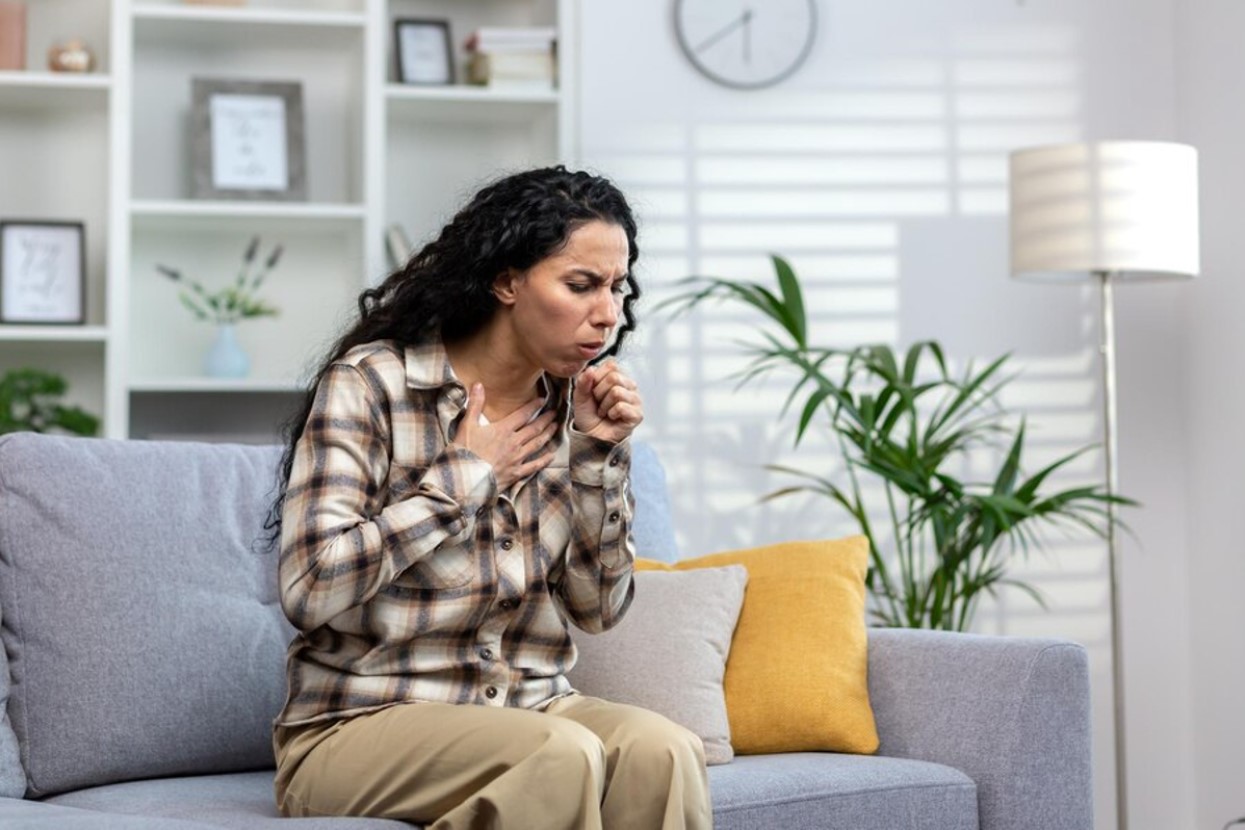
Encourage them to continue coughing
10. When a victim is having a stroke, you can tell by conducting the FAST test. What does FAST stand for?
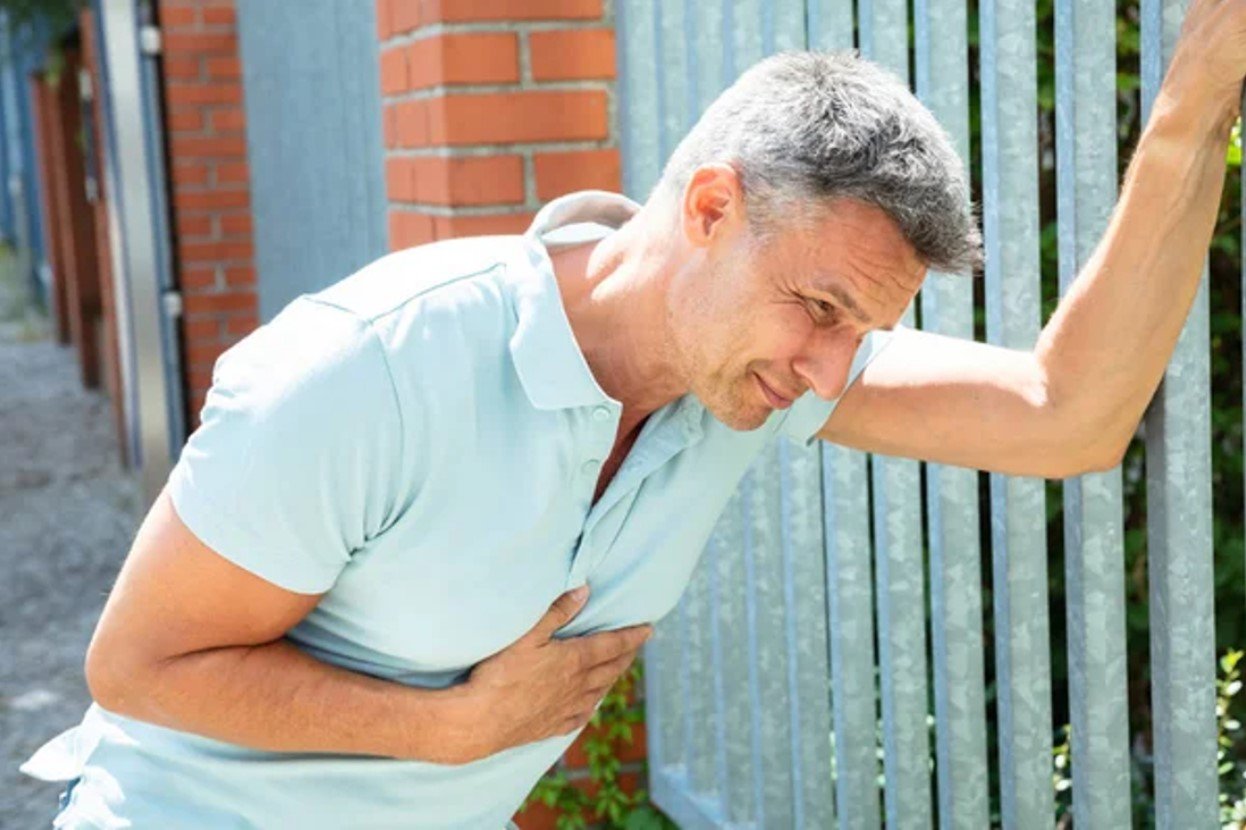
- A) Face, Arms, Speech, Time
- B) Face, Attention, Speech, Technique
- C) Feet, Arms, Space, Technique
- D) Face, Arms, Speech, Tongue
Answer:
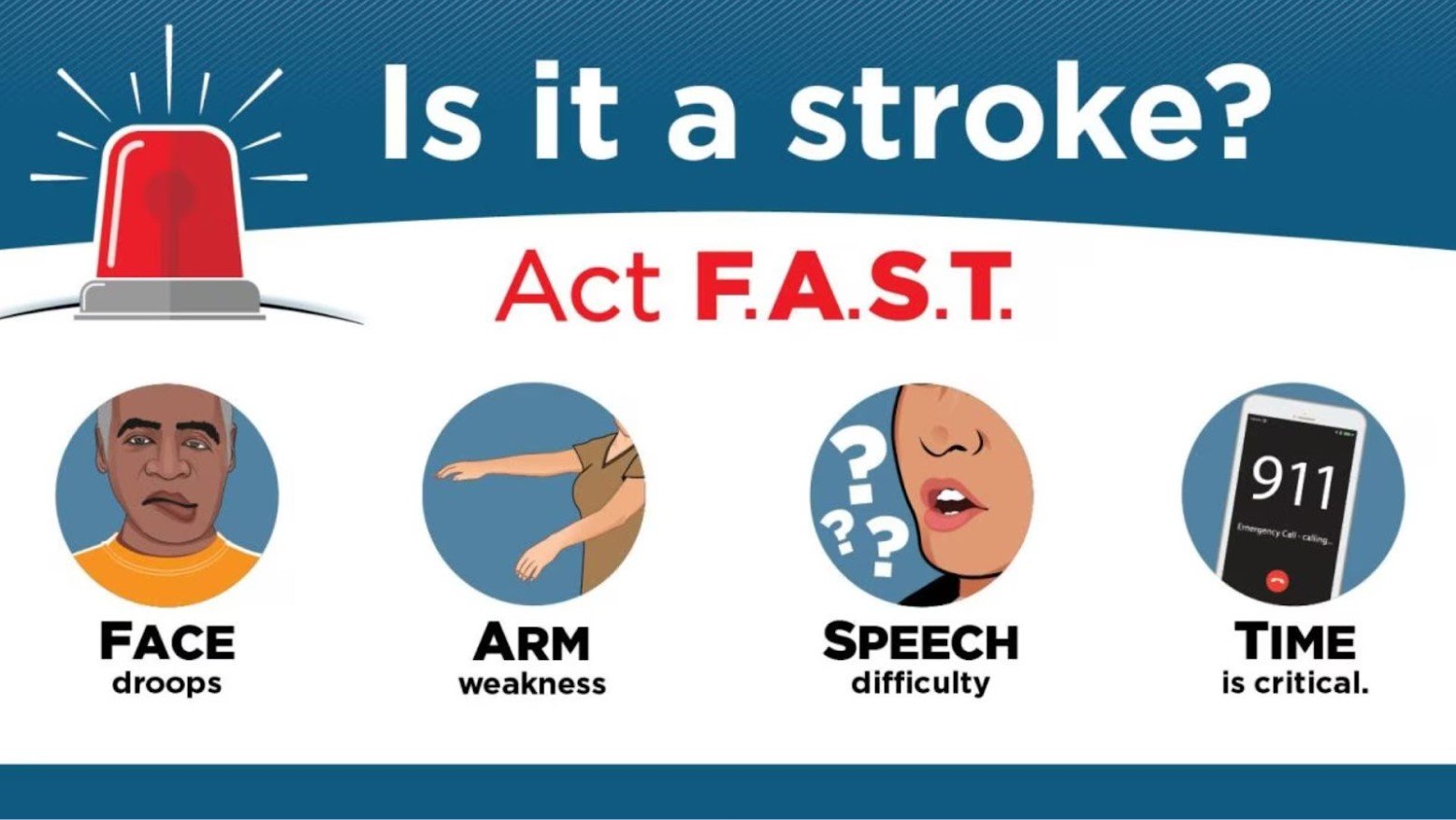
Face, Arms, Speech, Time
11. What should you do if a victim is having a seizure?

- A) Place something in their mouth to prevent them from swallowing their tongue
- B) Start rescue breathing
- C) Perform CPR immediately
- D) Loosen any tight clothing and put something soft under their head
Answer:
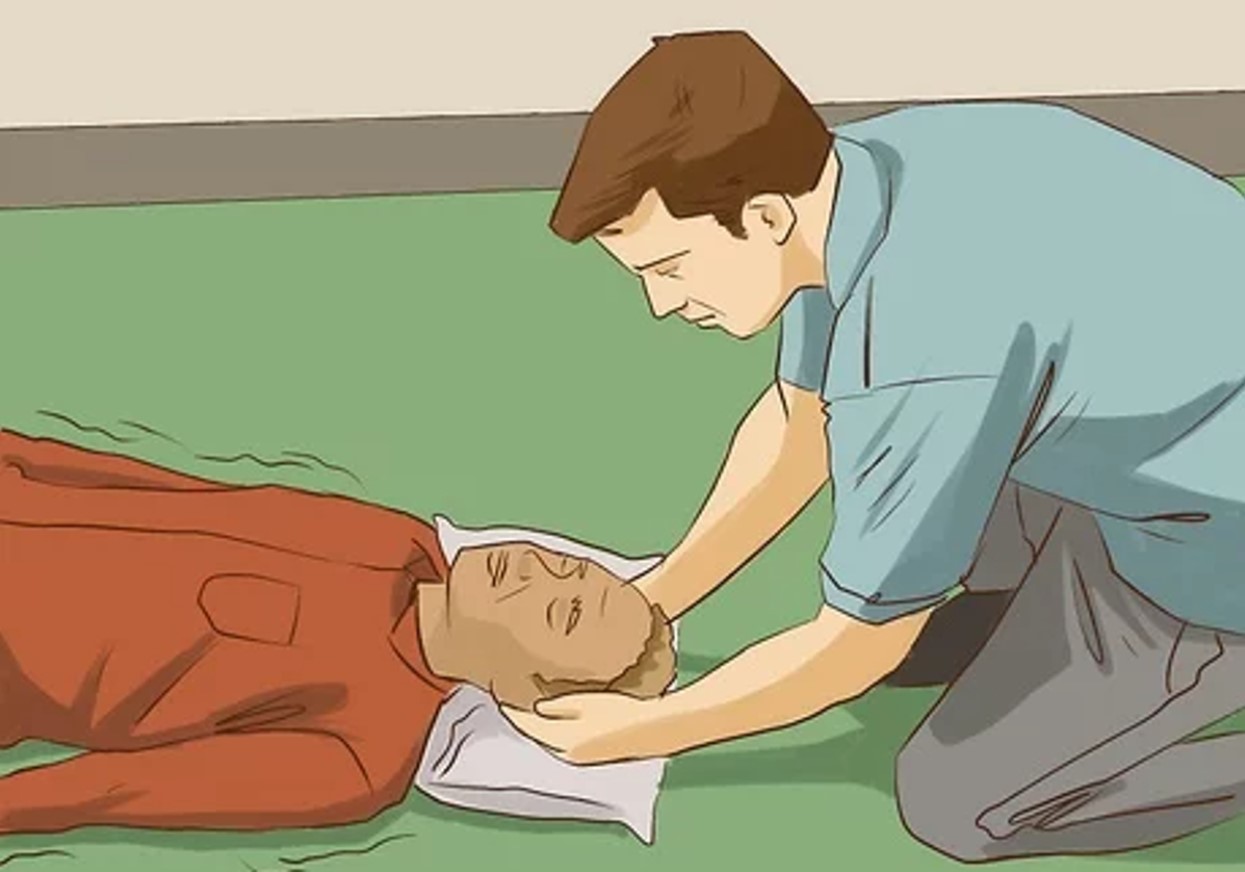
Loosen any tight clothing and put something soft under their head
12. The recommended speed for chest compressions is…

- A) 90-100 per minute
- B) 100 per minute
- C) 100-120 per minute
- D) 120-140 per minute
Answer:
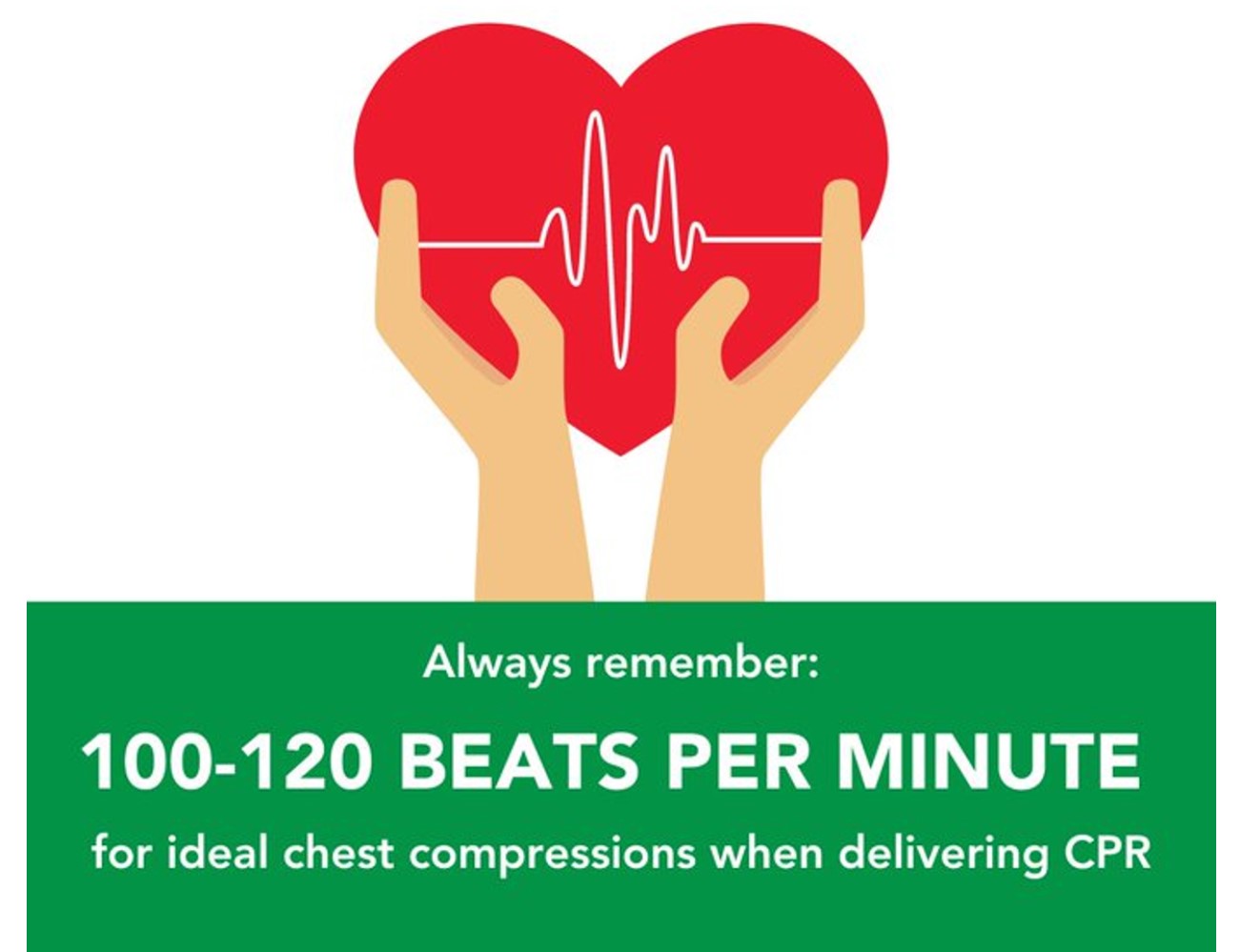
100-120 per minute
13. If an adult victim is unconscious, how should you safely open their airway?

- A) Move the tongue down with your fingers
- B) Tilt the victim’s head forward
- C) Tilt the head back and lift the victim’s chin
- D) None of the above
Answer:
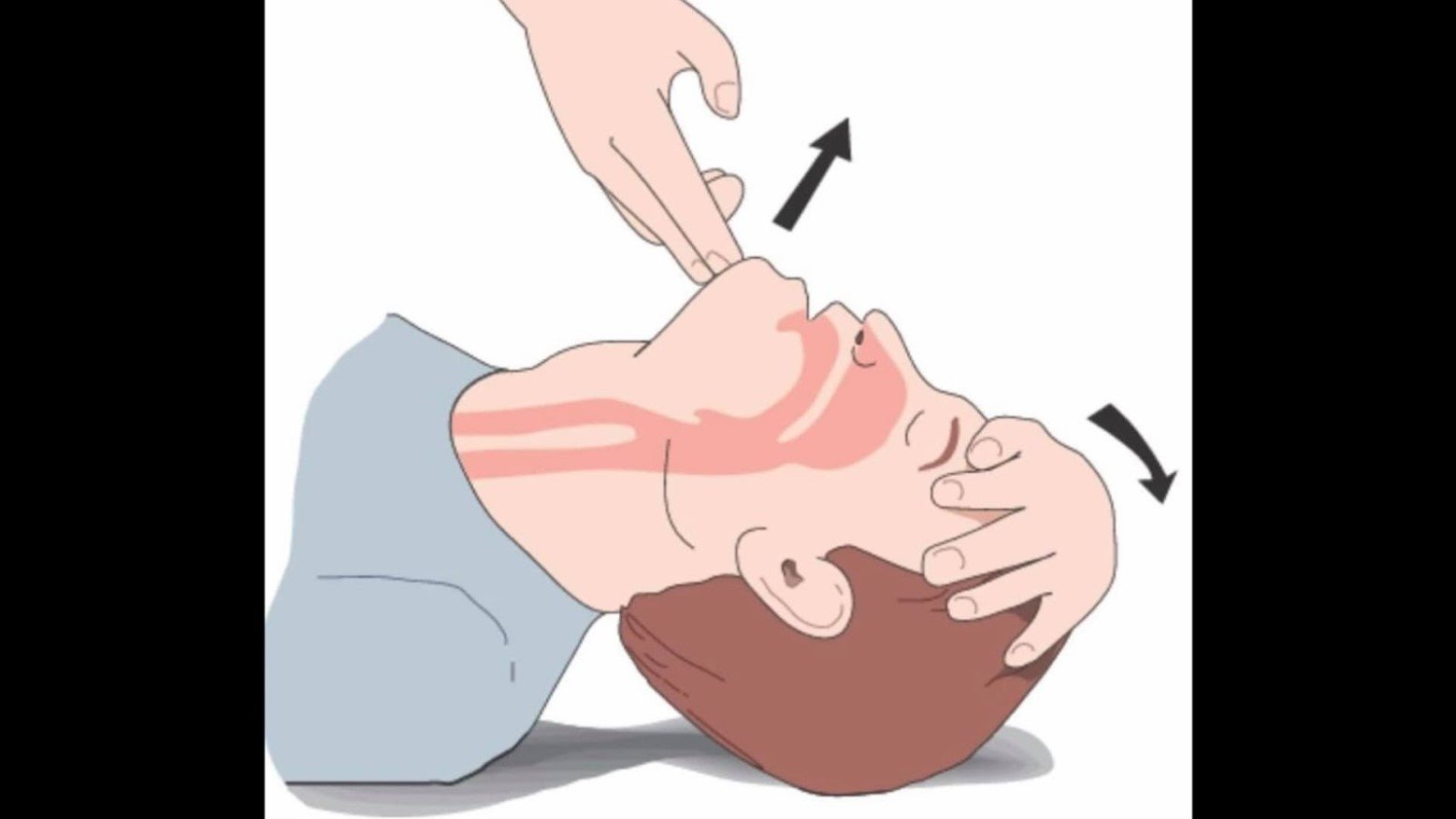
Tilt the head back and lift the victim’s chin
14. If you need to call 911 in an emergency, what should you tell the dispatcher?
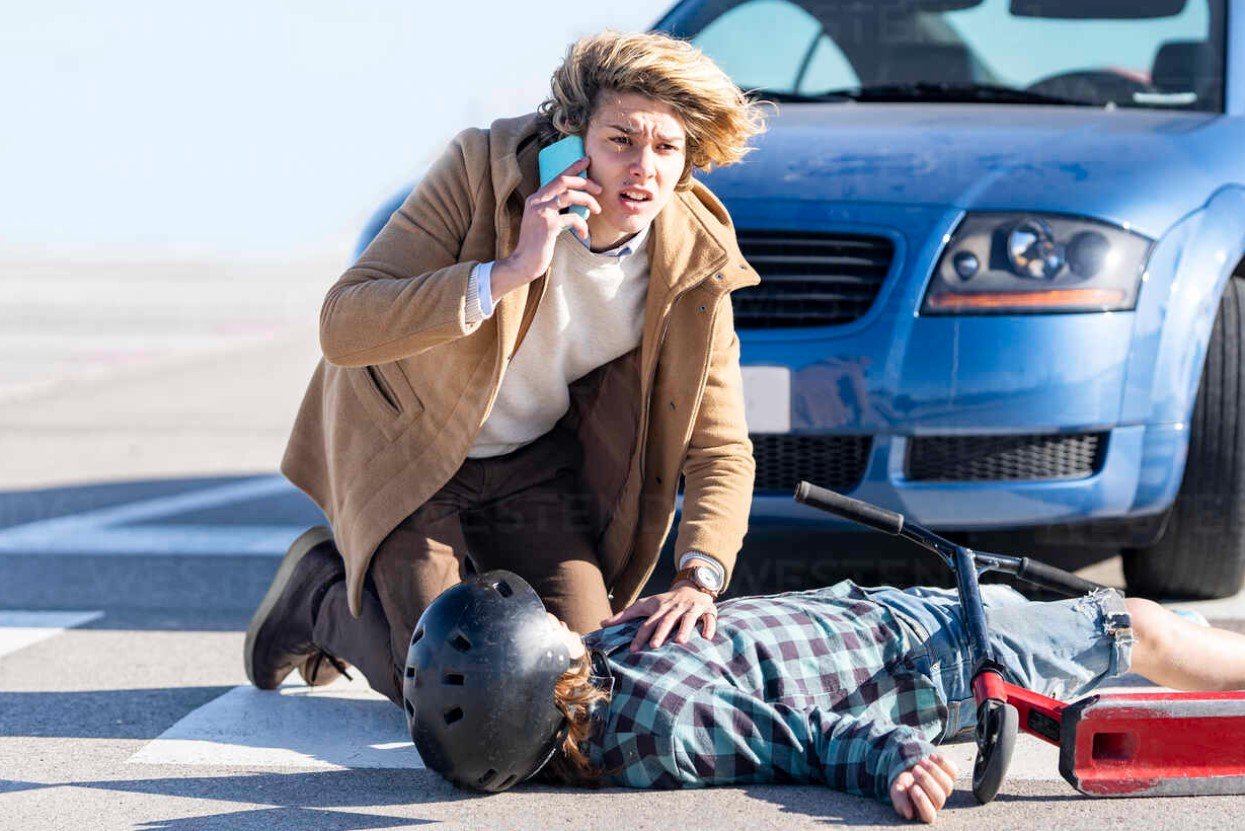
- A) Describe the emergency
- B) Give the exact address where the emergency is taking place
- C) Give your name and the telephone number of the phone you’re using to make the call
- D) All of the above
Answer:

All of the above
15. If a victim isn’t breathing normally, what is the first thing you should do?
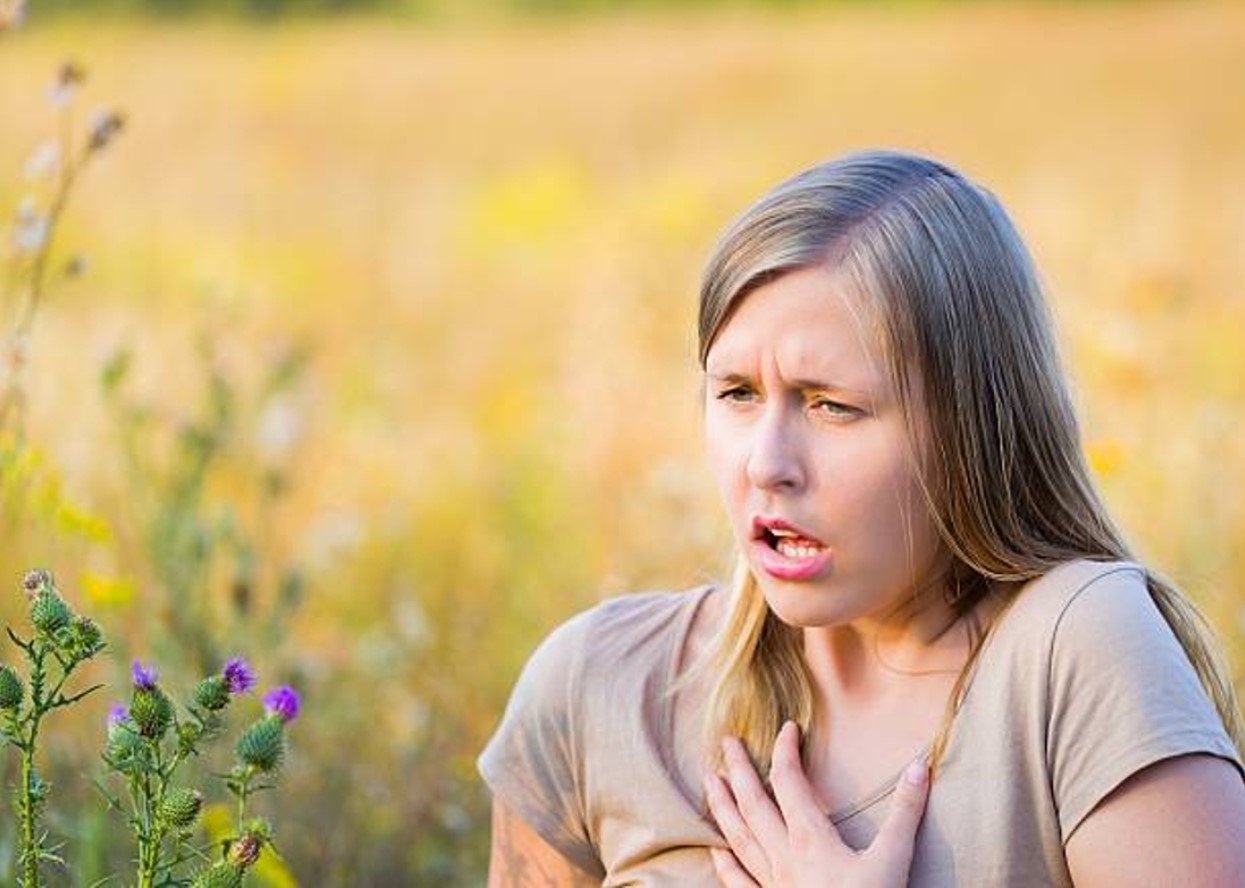
- A) Administer two rescue breaths
- B) Check the victim’s pulse
- C) Start chest compressions
- D) Call 911
Answer:
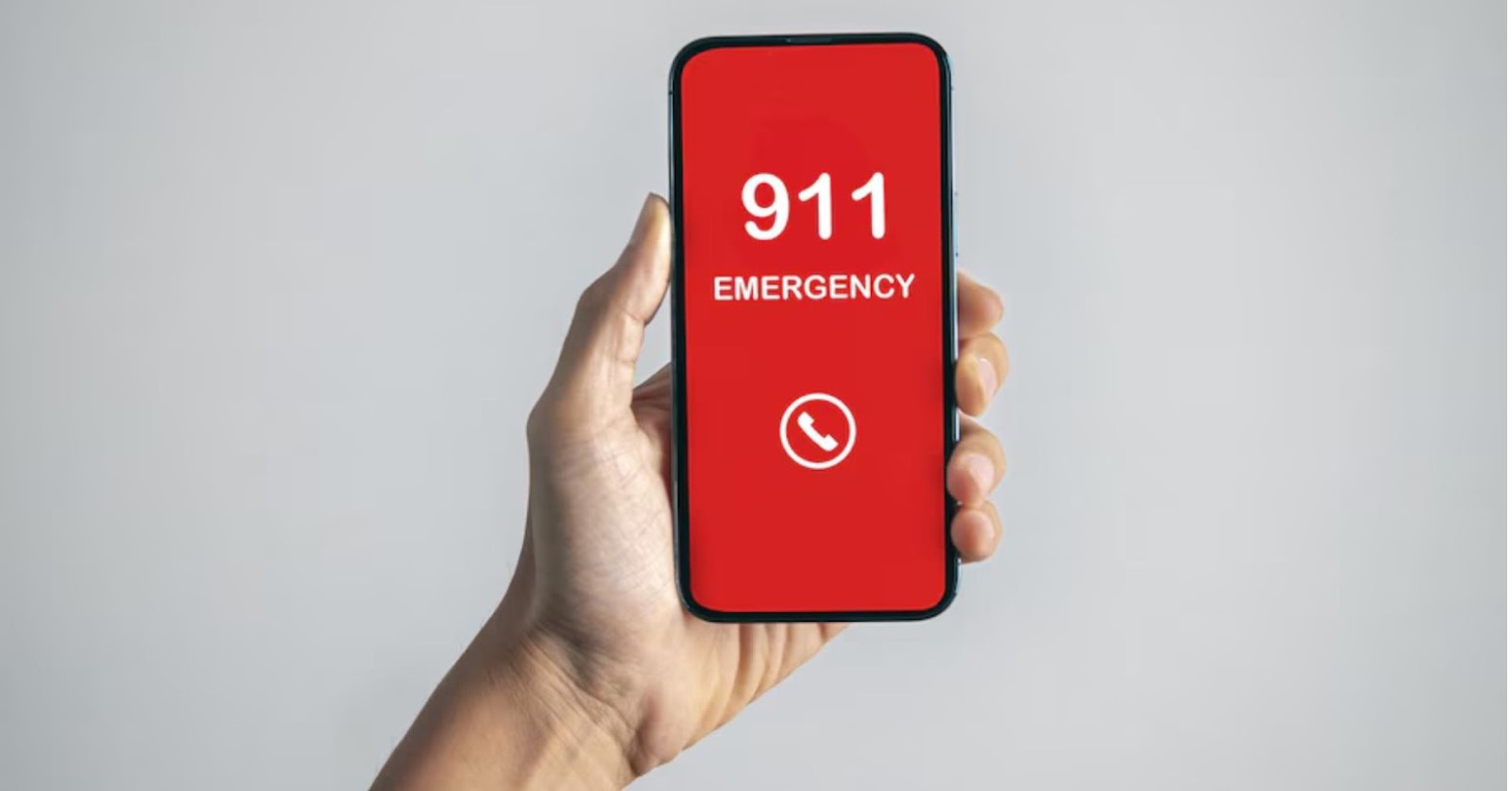
Call 911








































